And No More Reservations We Have Seen the Truth Again and
The Messed Up Truth Near Native American Reservations
Native American reservations were congenital on a messed up history of colonization past an invading government. Reservations themselves are a reminder that the United States sits on stolen country through attempted genocide and rose to its heights on the backs of broken treaties. Reservations symbolize the killing of whole traditions and languages; the end of the old Indigenous manner of life and the start of a new one controlled past an uninvited force.
It may audio like all of this is aboriginal history but much of it resonates today. The handling of Native Americans in guild and the treatment of sovereign tribes by the U.S. authorities rarely make information technology into the news, but both bring an entirely new definition to the phrase "sub-par." Reservations have changed since their implantation, but not really for the improve, and it usually involved increased control by the federal authorities or further encroachment on treaties. There'south a reason why we hear little nigh reservations in history class: it isn't pretty.
An attempted genocide
In the course of colonizing the United States, the majority of Native tribespeople who inhabited the lush, resource-rich land were killed. Technically, annihilation over 50 per centum could be considered the "bulk," and even that would be catastrophic. Nearly sources believe the death toll was fifty-fifty higher than that and took out almost the entire indigenous population of North, South, and Central America.
Some of the indigenous people killed were outright murdered in the name of west expansion, while others would exist considered casualties of war — wars in which the Native people were fighting for their lives the same fashion anyone would when an invader robs them of their home and traditional ways. It seems the largest portion of the deaths came from diseases brought with Europeans from their alien state. Never encountering these diseases before means the Native people never had the evolutionary opportunity to develop the herd immunity necessary to avoid wide ending. Now, colonizing Europeans didn't accept a peachy grasp on microbiology, simply they soon learned that smallpox was devastating to the Native Americans and didn't hesitate to spread infections.
The overall body count is difficult to make up one's mind. According to a publication by the University of Houston, the Native American population reached its lowest numbers at the turn of the 20th century with less than 250,000. The population before white colonizers has been estimated as high as 145 one thousand thousand.
The Indian Removal Act
The Indian Removal Act, put into place in 1830, has been said to exist the showtime chiliad try by the The states government toward respecting the rights of indigenous people, according to Encyclopedia Britannica. Here's the thing though: it wasn't. The policy and implementation were as crappy equally the proper name makes them out to be.
The act was signed into place by President Andrew Jackson. It'south the reason why many white people mistakenly think Jackson was a hero to the Native American tribes. If y'all only look on the surface, yous tin run across why. The human activity promised to pay Native inhabitants eastward of the Mississippi River for their land and grant them other lands in the West. Jackson took it upon himself to promote the deed with everything he had, but all the act did was spiral over the Native peoples while limiting violence and resistance.
The state the Native Americans were promised was hundreds of miles abroad in Oklahoma. As yous can imagine, the Eastern tribes weren't given a choice. They were forced away from their farms and settlements on treks that would be dangerous, ungodly far, and toll many Native people their lives. For instance, the Trail of Tears was amongst these treks and cost the Cherokee tribe effectually xv,000 lives.
The Indian Cribbing Act
Native American reservations exist through the formation of treaties between the colonizing United States regime and the Native tribes that inhabit each of the reservations. Bureaucracy requires all agreements and deportment to exist driven by pieces of newspaper. Every act is signed into place, every agreement is documented, etc. As far as the government is concerned, if it isn't on newspaper it's not real. This includes the Indian Appropriation Human activity. The human activity that ended treaties.
Equally Indigenous people were existence driven to new locations under threat of force, having their resources stolen, and their state transformed, they took a rational opinion alike to "oh, hell no." Treaties had been signed before, only they were rarely honored. Wars broke out. The US government was tired of the resistance and had to rationalize their ain underhanded behavior. That'south where the Indian Appropriation Act of 1871 comes in. The human activity didn't just terminate treaty-making. It stripped away the previously established classification of Indigenous tribes as independent nations. This fabricated them exempt from future treaties and took away the sovereignty that had been recognized since the beginning of colonization. According to American Indian magazine, Congress did say they'd award treaties made upwardly until that point. Simply, of course, they wouldn't.
Broken treaties and dwindling of promised lands
The United states breaking treaties with ethnic Americans is a tradition that began when the US authorities first started making treaties and has extended through — well, it'due south still going on today. Granted, in 2020, the Supreme Court deemed 3 million acres of eastern Oklahoma land every bit belonging to Native American tribes per treaties signed after the 1830 Indian Removal Act, but that's only a unmarried case and doesn't exclude more than a century of the treaties being dishonored. The treaties signed subsequently that 1830 were broken by settlers who moved west and began taking up residence in OK shortly after they were signed. Tribes in other areas oasis't had the aforementioned luck with the Supreme Court.
Encyclopedia Britannica says the Nifty Sioux Nation, for example, was originally promised over 60 meg acres of land with the 1868 Treaty of Fort Laramie merely to come across the land dwindle to less than 13 1000000 acres when the General Allotment Human action was passed nine years afterwards. When the Sioux went to court to need the return of seized land over a century later, they were offered monetary compensation for land they never intended to sell. What's worse is the Supreme Court decided in two divide decisions (1902 and 1903) that it was cool for the US government to alter or break treaties whenever they felt like information technology.
Native American reservations were a fashion to force absorption
Reservations provided more than to the United states than a place to relocate displaced Indigenous people. They served every bit a mode of forced assimilation. When reservations were originally put into place, Christian missionaries would flock to them and endeavor to upwards their conversion rate merely often fell brusque. Almost of the Native peoples would cull to retain their traditional religions for as long equally possible, only their traditional ways wouldn't remain safe from their white colonizer's thought attacks forever.
Reservations took a cost on the minds, economy, and health of the people who were forced onto them that directly led to increased rates of disease and alcoholism. The Indigenous people who lived there were dependent on the government. Such is a problem when one loses the ability to perform their traditional subsistence activities. According to History, the government enacted the Dawes Deed of 1887 in an attempt to limit this dependency. The act granted 160 acres to each indigenous family for farming and would give citizenship to participants after 25 years. The state was Western land though, which made it extremely difficult to farm, and much of it was sold to the railroads and white settlers.
The money from country sales was used to fund reservation schools, which in turn were used to strength the assimilation of Native peoples into Western cultural ways. Ethnic children were required to cut their hair, speak English, and abandon their traditions. Any educatee who didn't prove up to form would be visited by truancy officers.
Police brutality on Native American reservations
Police brutality is nix new to Native Americans, on or off the reservations, but it rarely hits the news stations. In fact, Native Americans are more than likely to be killed than whatsoever other racial demographic in the United States. According to a CNN breakdown of CDC information, Native Americans were three times more likely to be killed past constabulary than white people and were 12 percentage more than likely to exist killed than Black Americans. The number of Native people killed by law has been increasing with thirteen Indigenous people killed in 2015 and 24 killed in 2016, co-ordinate to the Lakota People's Police Projection and, according to CNN, the numbers have likely been underreported.
Of form, this news has only recently made a few headlines as the American people saw the American Indian Motion flag being flown during the George Floyd protests across the country. There's a reason for information technology. The American Indian Movement standing in solidarity with Black Americans over police brutality is completely in line with AIM's origin story. The organization was born to combat police brutality in the Twin Cities in the '60s. From at that place, the organization has protested Native American mistreatment with some pretty big moves, including taking function in the Occupation of Wounded Knee and the Occupation of Alcatraz Island.
Native American reservations have violent crime and justice issues
Tribal lands have a high rate of serious crimes such as rape and murders, too as a loftier rate of missing persons, only they don't take a high rate of tribal members committing these crimes. It has to practice with the mode the United States government allows reservations to investigate and prosecute crimes equally much as information technology has to do with inefficient hierarchy. In Montana, where Indigenous Americans make upward less than 7 perfect of the population, they account for over a quarter of the total missing persons within the state, co-ordinate to the Billings Gazette.
According to the Atlantic, a proportion of crimes perpetrated on tribal lands get lost in the judicial system. For example, they found that around 65 percent of rape cases that were reported on reservations in 2011 never got prosecuted by the U.S. Justice Department like they were supposed to. It becomes obvious how this happens when we look at legal structures surrounding reservations. This is how information technology's gear up up: If the victim of the crime is a tribal member only the perpetrator isn't, they can only be arrested past a federal agent; if both are non-members, they can only be arrested on the land or canton level; and if a tribal member commits a crime on a reservation, they can be prosecuted by the tribal justice system.
Rampant poverty plagues Native American reservations
Structural poverty plagues the Native American reservations, keeping them well-nigh the lesser of the poorest places in the United States. Forbes puts many of the Native American reservations within the bottom 1 percent of the economic ladder and, according to Native American Aid, between 38 percent to 63 percent of tribal members living on reservations alive below the poverty line. Native American and Reservation poverty seems to be a issue of pattern, though ane could fence that it was a result of ignorance or poor foresight.
The Ethnic people of America didn't live by the principle of land ownership that forms the basis of Western economies. Country and resource ownership, versus communal use, was forced on Native people and required the shifting of Indigenous worldviews for survival. The land given to them through treaties was oftentimes unfruitful and devoid of resources. When resource were discovered on reservation lands, the United states would commandeer the resources if not the land itself. Natives were offered no opportunity to amass whatsoever real material wealth. In the mod era, things haven't changed much. Most reservation land is communally used while being legally owned past the U.Due south. authorities, co-ordinate to Indigenous Peoples Major Group for Sustainable Evolution, and without property buying, tribal members oftentimes don't have the collateral required to have out loans and build credit.
Increased suicide rates
Suicide rates are college among Native peoples than whatever other "race," and those rates have risen by 33 percent from 1999 to 2019 co-ordinate to United states of america Today. Among those suicide deaths, nearly one-tertiary were young, ranging from 10 to 24 years of age. The Fort Belknap reservation in Montana declared a land of emergency in 2019 after fifteen youth suicide attempts in a single calendar month. The Lakota people went through an obscenely high wave of young fellow member suicides on the Pine Ridge reservation from Dec 2014 to March 2015. During that time frame, 109 people between 12- and 24-years-onetime had attempted suicide and nine succeeded. Pine Ridge is ane of the poorest places in the United states.
Poverty rates of greater than twenty percent in a single canton have shown an increase in suicide rates of upwardly to 37 pct, according to U.South. News. With the high poverty rates on reservations, information technology's piece of cake to blame the poor economic status for the suicide charge per unit, but it'due south not the only factor. Constabulary brutality, racism, and lack of cultural identity all have astringent furnishings on mental health. The high suicide rates on reservations aren't merely an economic gene, though that certainly plays a part, it's an overall product of colonization.
If you lot or anyone you know is having suicidal thoughts, please call the National Suicide Prevention Lifeline at ane-800-273-TALK (8255).
Native American country rights are blatantly ignored
Past the 2020s, you would remember, certainly, any individual in the United States has the same legal rights equally everyone else, right? If that were the case, we wouldn't see Native American reservations in the news for protesting petroleum pipelines being put through or fracking commencing on tribal lands without the reservation's consent. Unfortunately, it happens all the fourth dimension. Tribal country rights are blatantly ignored, especially when money is on the line.
Older examples would include breaking state treaties, the seizing of the Black Hills, and carving the faces into Mount Rushmore. No need to look that far into the past. Just a hop abroad is the Dakota Access pipeline running right adjacent to the Continuing Stone reservation and threatening their water supply, co-ordinate to the New York Times. The pipeline has been stopped and started enough to turn heads. A gas pipeline going through Kiowa land in Oklahoma stayed in identify more than a year after it was ordered to be removed inside half dozen months. The Keystone Forty pipeline from Canada is being congenital through Rosebud Sioux land in a move that blatantly goes against the Treaty of Fort Laramie. There's fracking on Pawnee land. There are enough of other examples, only you go the general idea.
The definition of 'Sovereignty' is always changing
Earlier white colonizers started invading the Americas in the tardily 1400s, the Indigenous tribes were truly sovereign. They were private nations living in private governments and could make their own rules. That all inverse of form. Even after the United States had become a country, the Indigenous nations were still recognized as truly sovereign. The correct was guaranteed via numerous treaties.
After reservations were established, tribes were even so considered sovereign people living within the borders of a unlike nation. The Indian Appropriation Human action of 1871 stripped them of that classification and guaranteed the U.S. government didn't take to enter new treaties from then on out. That act preserved the treaties and sovereignty that were in identify previously. The 1953 Business firm Concurrent Resolution 108, on the other hand, cutting U.S. treaties with 100 tribes, stripping them of treaty-protected sovereignty, according to the Washington Post, and took tribal birthright abroad from over 12,000 Indigenous people in America.
The Self-Conclusion and Didactics Assistance Deed of 1975 gave some control back to reservations by determining that they could contract to the Bureau of Indian Affairs to establish some of their ain regime functions, such equally law departments and courts. Information technology's hard to determine the level of sovereignty given to reservations since it seems to change via Supreme Court determinations and congressional acts at the whim of the United States at any given time.
Atrocities committed against reservations rarely arrive into mainstream media
Unless Native Americans are actively involved in a major protest, they rarely make it into the mainstream media. When they practice happen to, they're often misrepresented. Why? 1 of the reasons amounts to there beingness far too few Indigenous American journalists and far as well many white journalists that have no idea what actually happens on reservations. Nor tin these non-Indigenous journalists necessarily empathise with the struggles that Native peoples confront in their daily lives. According to the Columbia Journalism Review, Native Americans are frequently blatantly left out of the conversation.
Across that, Native American history is rarely taught in schools and when information technology is taught, information technology's done so from a white perspective that falsely makes the Pilgrims and Christopher Columbus out to be heroes. News stories will interruption covering the poverty of the inner metropolis, simply nosotros rarely hear almost the poverty that's afflicted Native American reservations from day ane. On a basic level, the United States and white people don't desire to draw attention to the tragedies we've created. Nosotros ignore them, along with the Native people themselves, as Cultural Survival points out, or we sweep them under the rug out of ignorance. Nosotros focus on the parts that don't make the states look so bad. Not on broken treaties but on returning a sliver of the land. Not on an attempted genocide only on Ethnic protest. And, information technology won't stop until the nation can face its own ongoing participation.
Source: https://www.grunge.com/228469/the-messed-up-truth-about-american-indian-reservations/
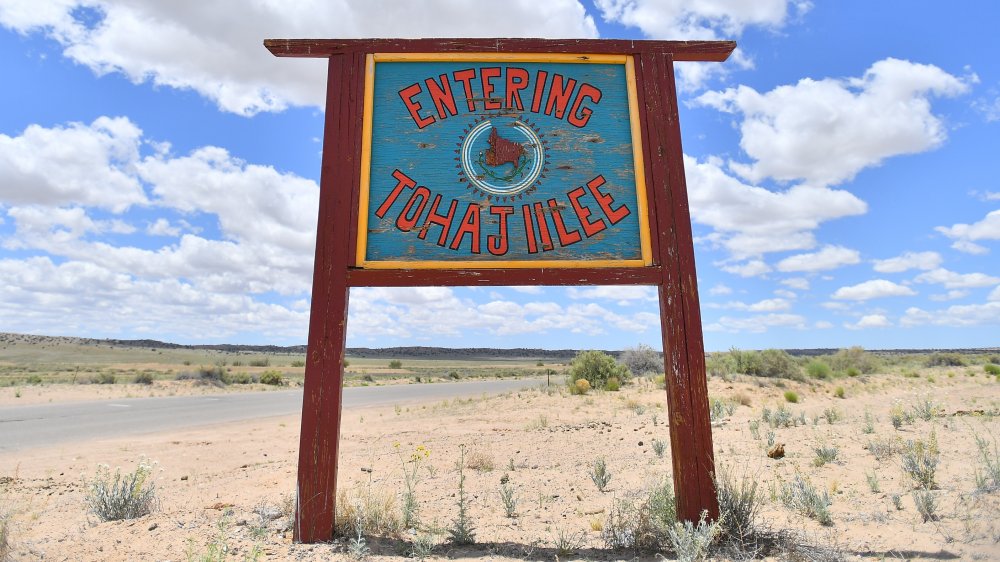
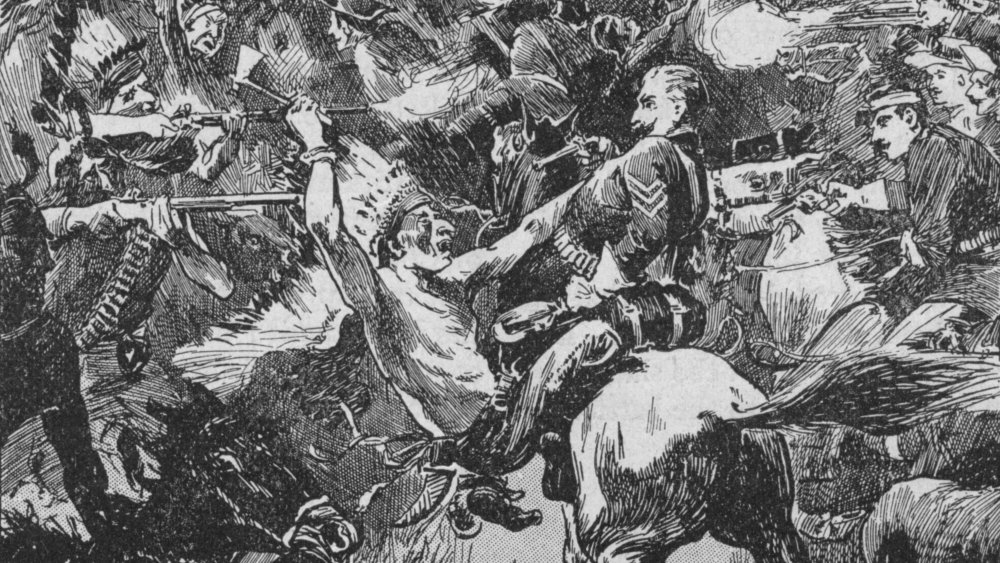
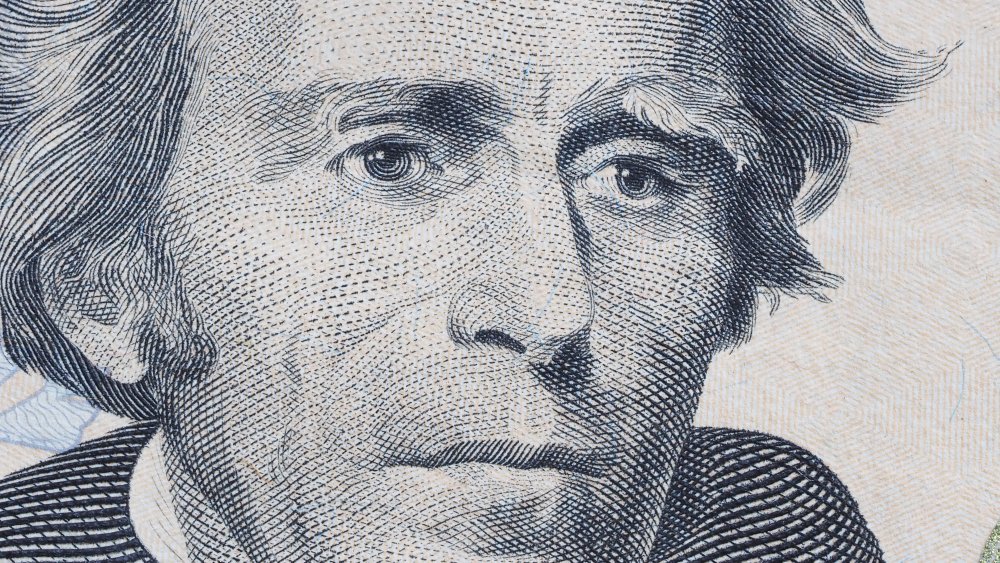
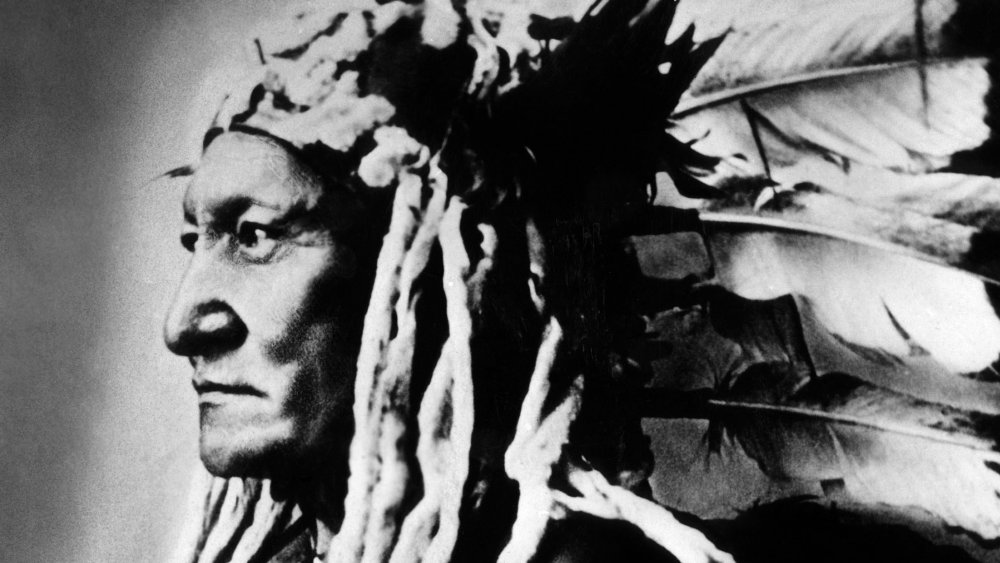

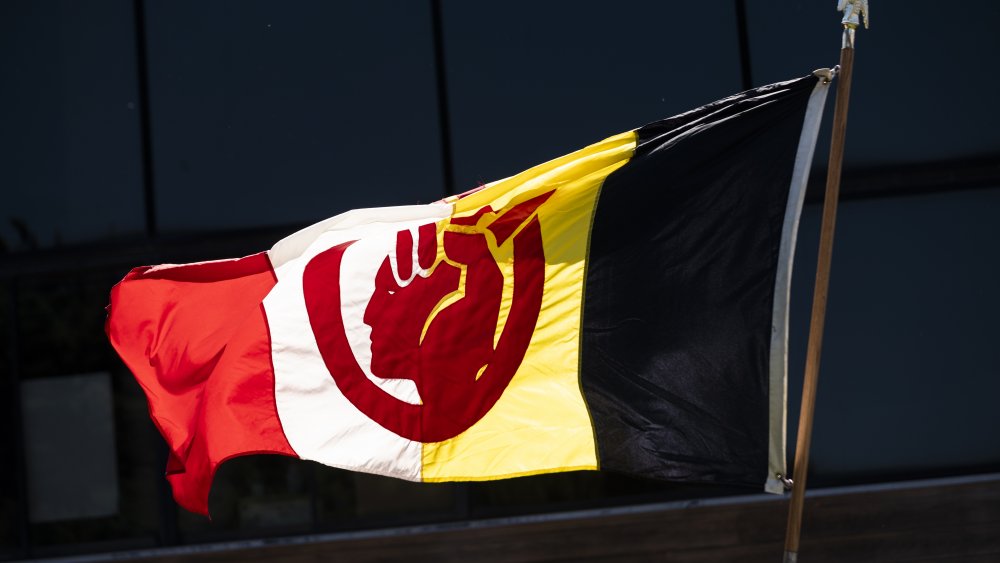
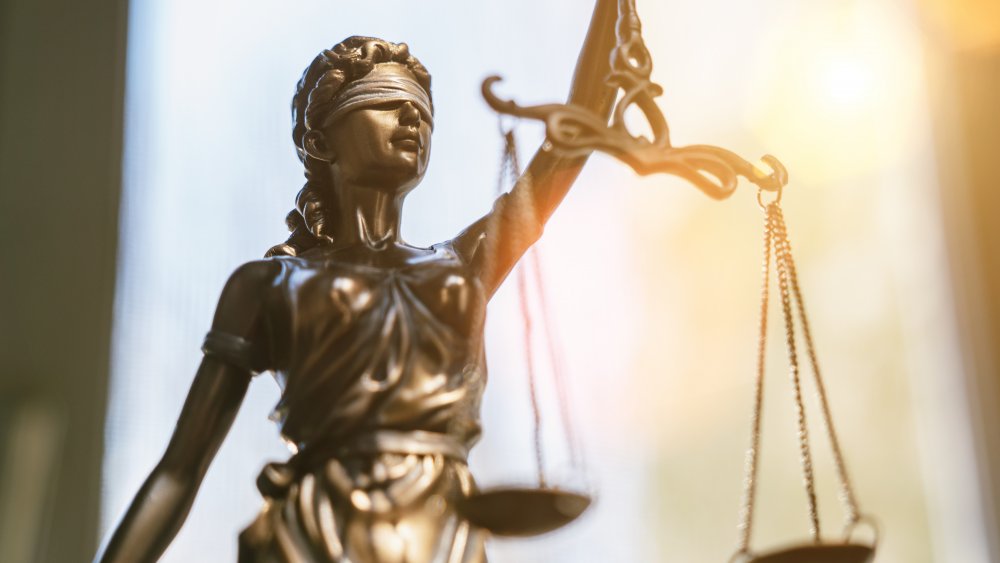
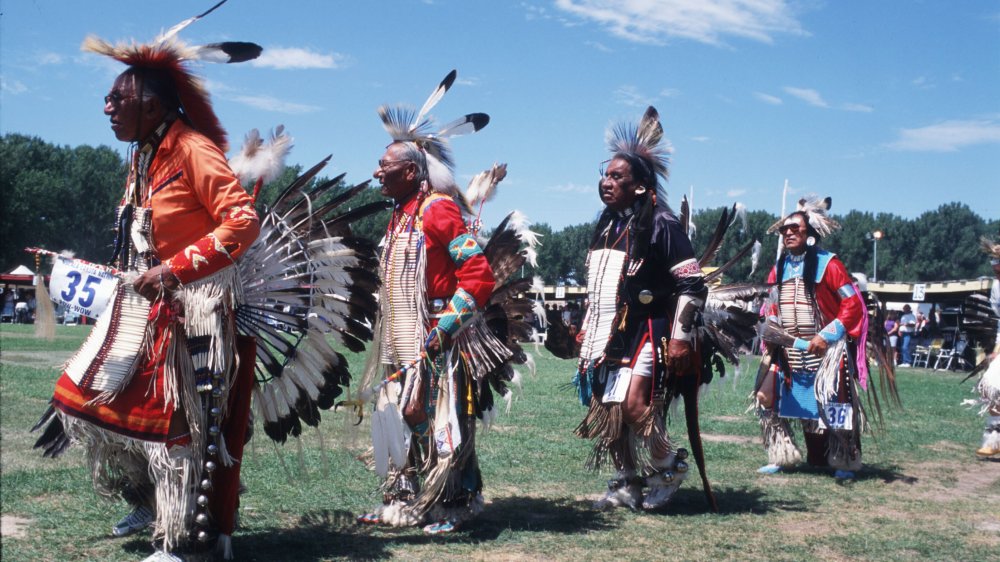
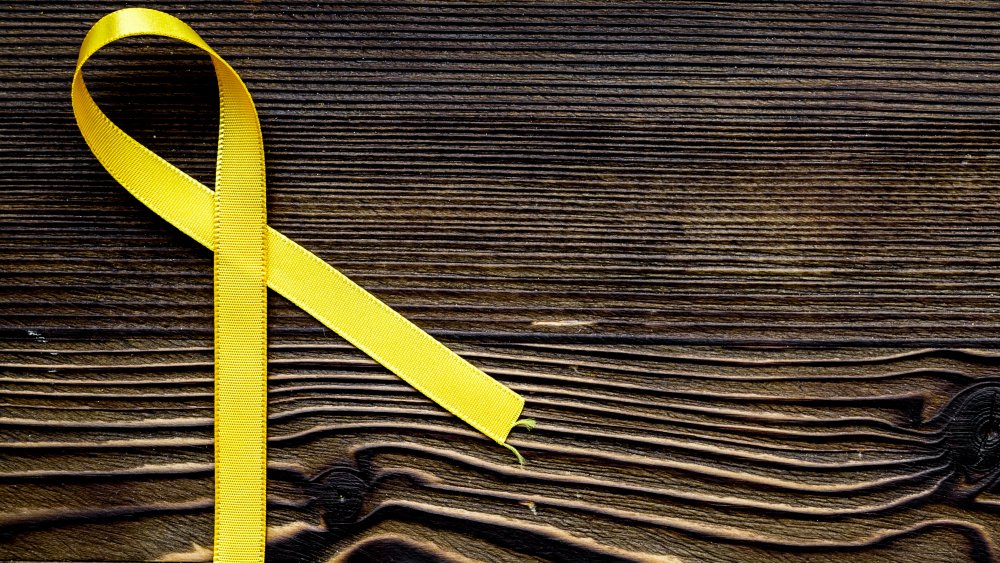
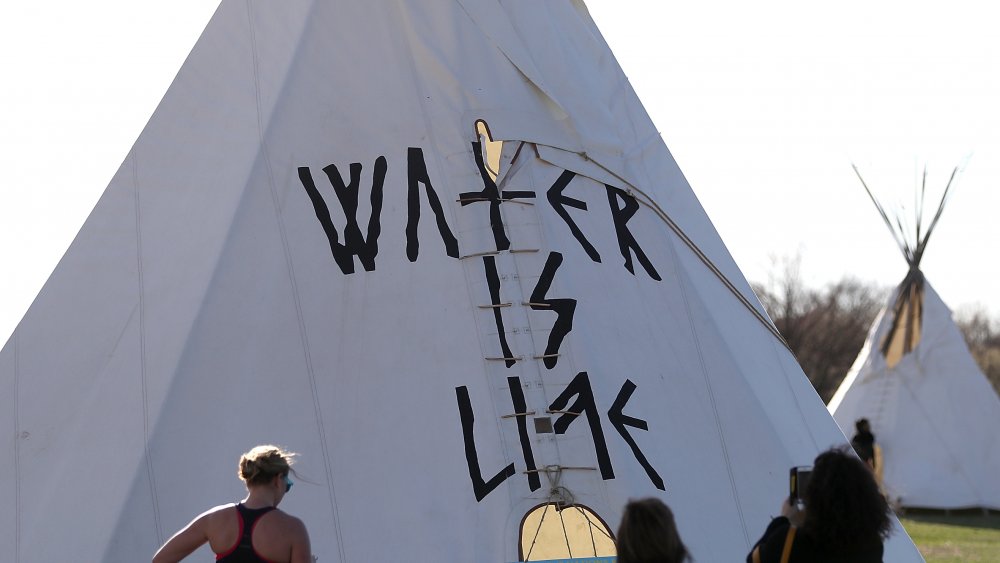
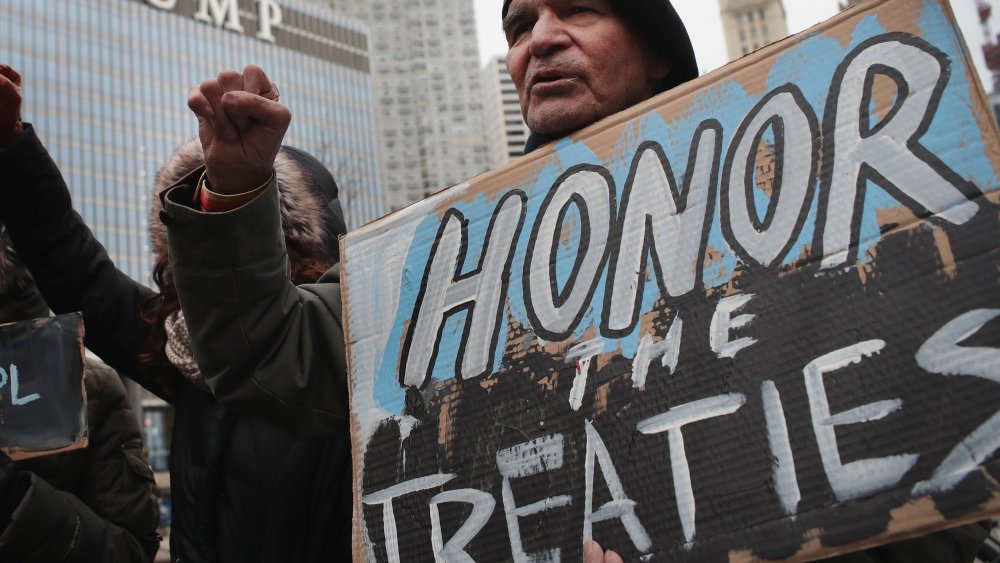

Postar um comentário for "And No More Reservations We Have Seen the Truth Again and"